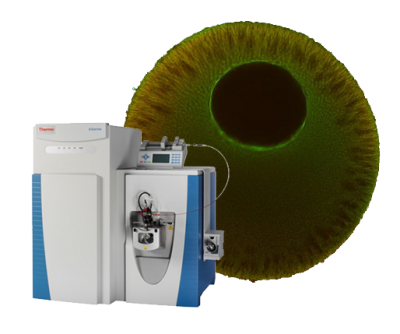How does a millimeter-sized cell find its center?
Type
Microtubules play a central role in centering the nucleus or mitotic spindle in eukaryotic cells. However, despite common use of microtubules for centering, physical mechanisms can vary greatly, and depend on cell size and cell type. In the small fission yeast cells, the nucleus can be centered by pushing forces that are generated when growing microtubules hit the cell boundary. This mechanism may not be possible in larger cells, because the compressive force that microtubules can sustain are limited by buckling, so maximal force decreases with microtubule length. In a well-studied intermediate sized cell, the C. elegans fertilized egg, centrosomes are centered by cortex-attached motors that pull on microtubules. This mechanism is widely assumed to be general for larger cells. However, re-evaluation of classic experiments in a very large cell, the fertilized amphibian egg, argues against such generality. In these large eggs, movement of asters away from a part of the cell boundary that they are touching cannot be mediated by cortical pulling, because the astral microtubules are too short to reach the opposite cell boundary. Additionally, Herlant and Brachet discovered a century ago that multiple asters within a single egg center relative to the cell boundary, but also relative to each other. Here, we summarize current understanding of microtubule organization during the first cell cycle in a fertilized Xenopus egg, discuss how microtubule asters move towards the center of this very large cell, and how multiple asters shape and position themselves relative to each other.

